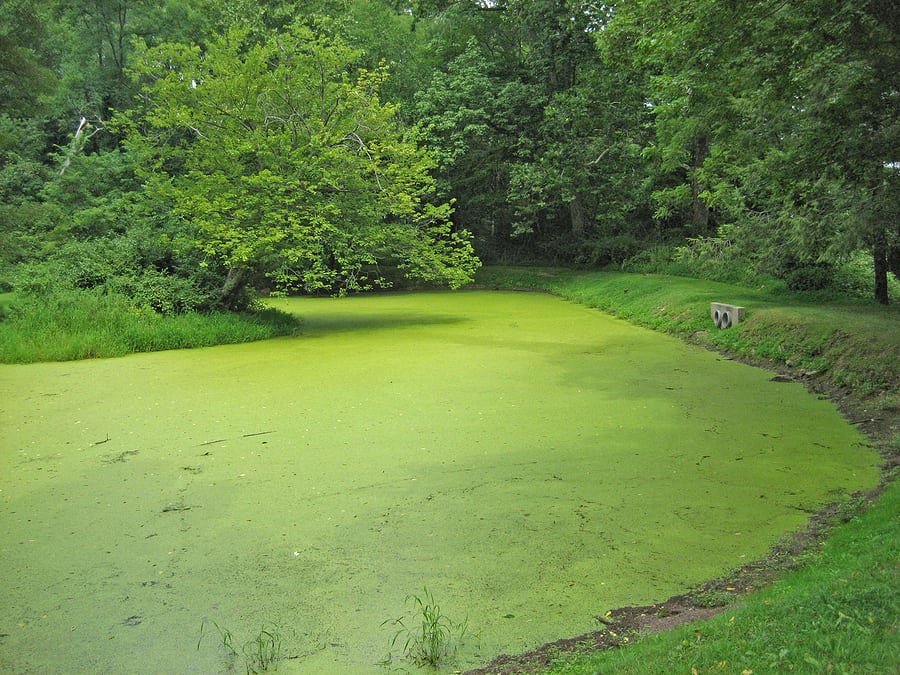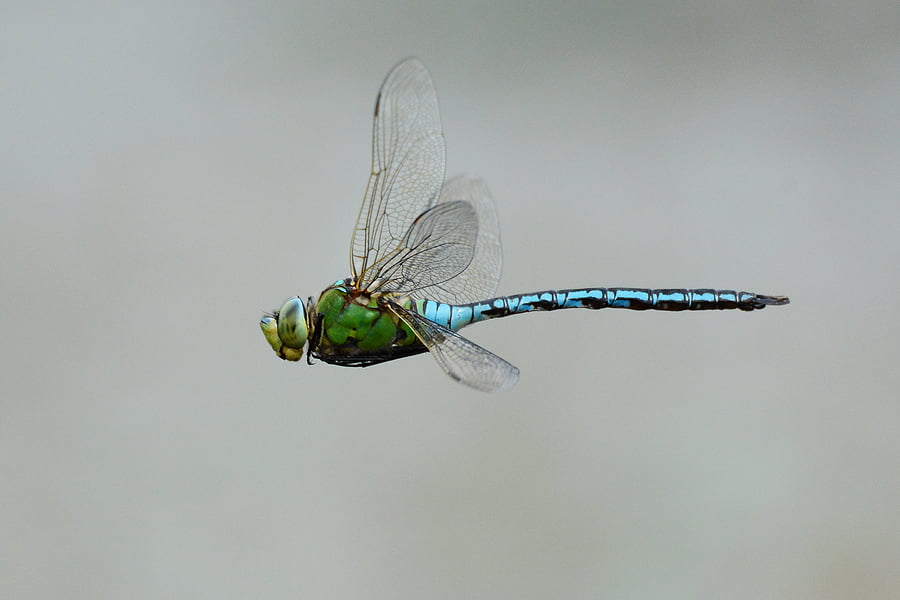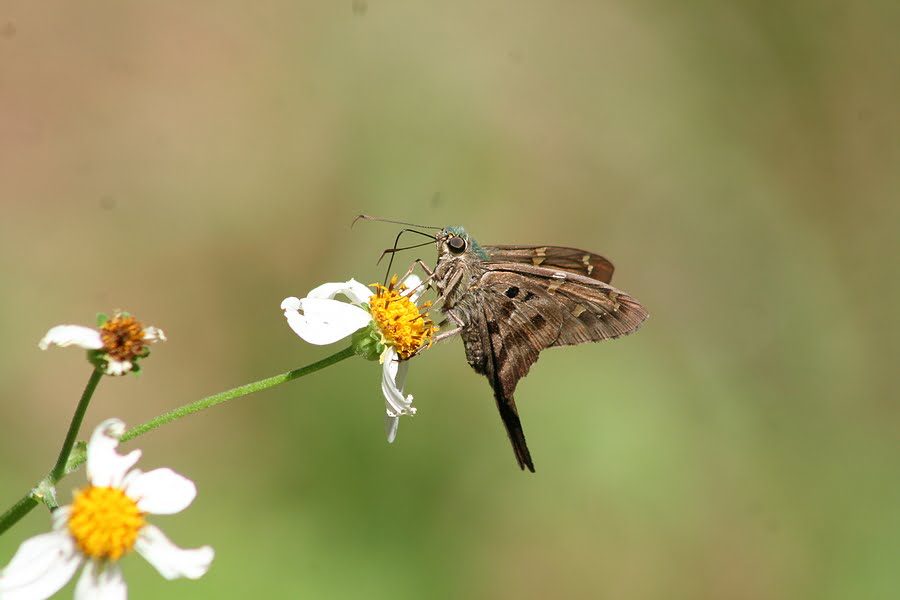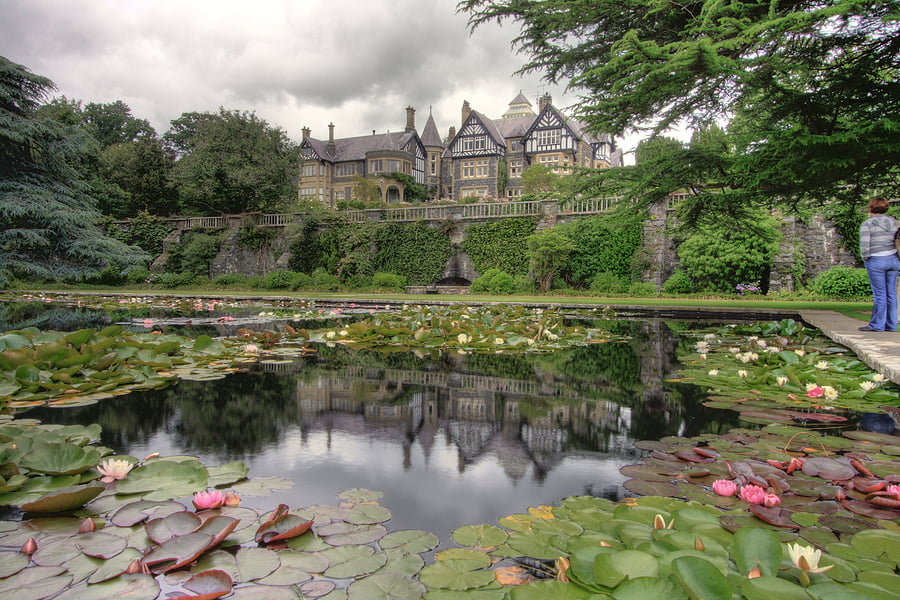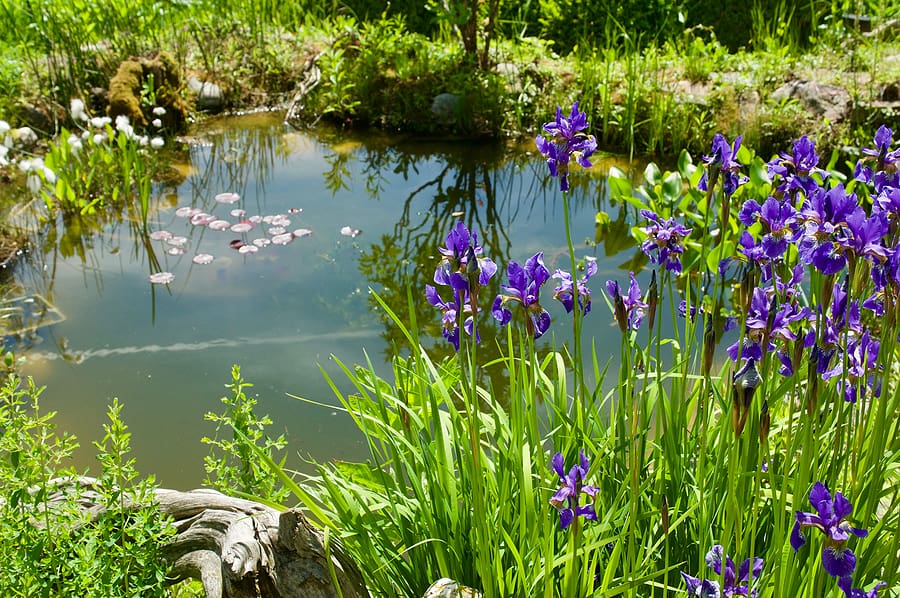
Long-Lost Plants Found In Rediscovered ‘Ghost Ponds’
23rd August 2021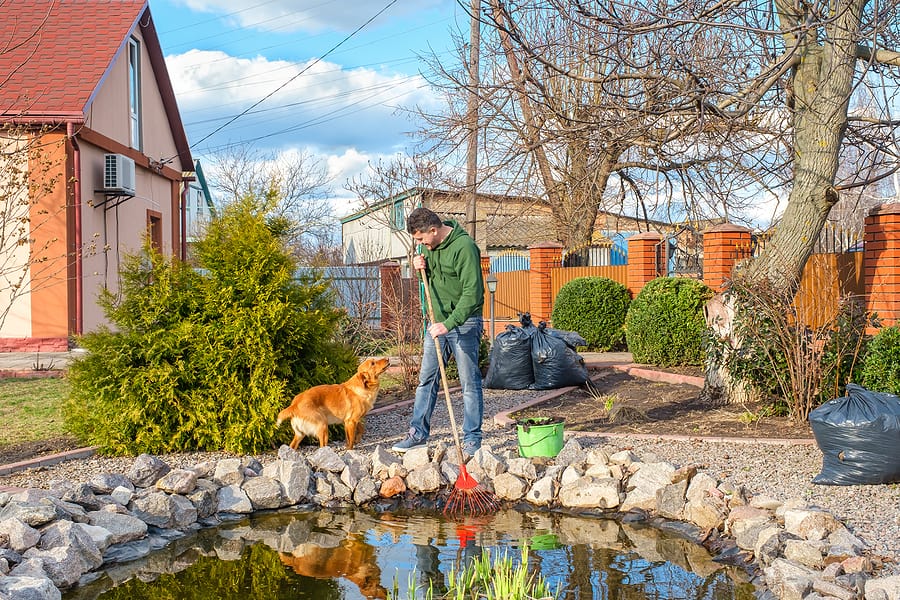
Top Tips For Maintaining Your Garden Pond
21st September 2021The tranquil beauty and diverse wildlife that a pond brings to your garden can be threatened if algae is allowed to get out of hand. Algae is a common problem that should be controlled to avoid damaging the aquatic life of the pond, and turning healthy water into a murky and unattractive soup.
How to recognise algae
There are many different species of algae, which are generally not harmful in regulated amounts. In fact, algae is an important part of a healthy pond ecosystem, as it is a food source for certain aquatic creatures, so you should not aim to eliminate it entirely from your pond.
Among the most common type found in garden ponds is blanket weed algae, which has dense growths of hairy green strands. This can form mats under the surface of the water, and also float to the surface and cling to other plants. Planktonic algae is more common in duck and fish ponds, and blooms in the water, causing it to appear dull and cloudy.
How algae can damage a pond
Excessive algae growth prevents oxygen mixing in the water, meaning that there is less oxygen available for other plant life and aquatic creatures. It also blocks out sunlight from the water, inhibiting the growth of other plants. Some types of algae produce harmful toxins as they decay.
How to control algae growth
If you are building a new pond, build it partly in the shade, because direct sunlight encourages algae growth. Limit potential for fertiliser from the garden to run off into the pond, as high levels of nutrients in the water will promote excess algae growth. If necessary, build a buffer around the pond to prevent inflow.
Make sure the pond has some deeper areas, and is no shallower than 2ft at any point. This will help the water to stay cooler in spring and summer, inhibiting the rapid growth of algae, which thrives in warmer conditions.
For a temporary control method in an established pond, hook out blanket weed algae that is floating on the surface. Add plenty of submerged plants to the pond, because these will take up some of the oxygen that would otherwise be used to further the spread of algae. Plants with floating leaves, such as water lilies and starwort, will help to regulate sunlight.
Adding a floating mesh bag of barley straw to the pond in spring, and replacing it in the autumn, can inhibit algae growth. In garden ponds, only about 50g of straw per square metre is needed. The straw produces a substance which prevents algae spread. However, if the straw becomes smelly or turns black, replace it immediately to avoid damaging the pond.
Avoid filling or topping up the pond with tap water, as this will promote algae growth; collect rainwater in a butt and use this instead. Keep the pond clear of excess debris, such as leaves and weeds, to avoid adding to the nutrient levels in the water; use a net to prevent this if necessary. Also remove soil from plants before putting them in the pond.


